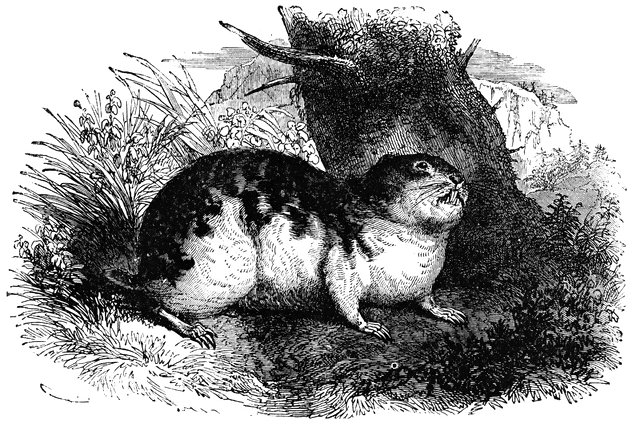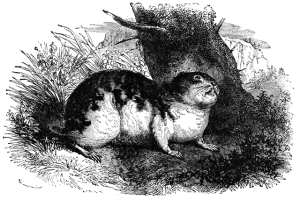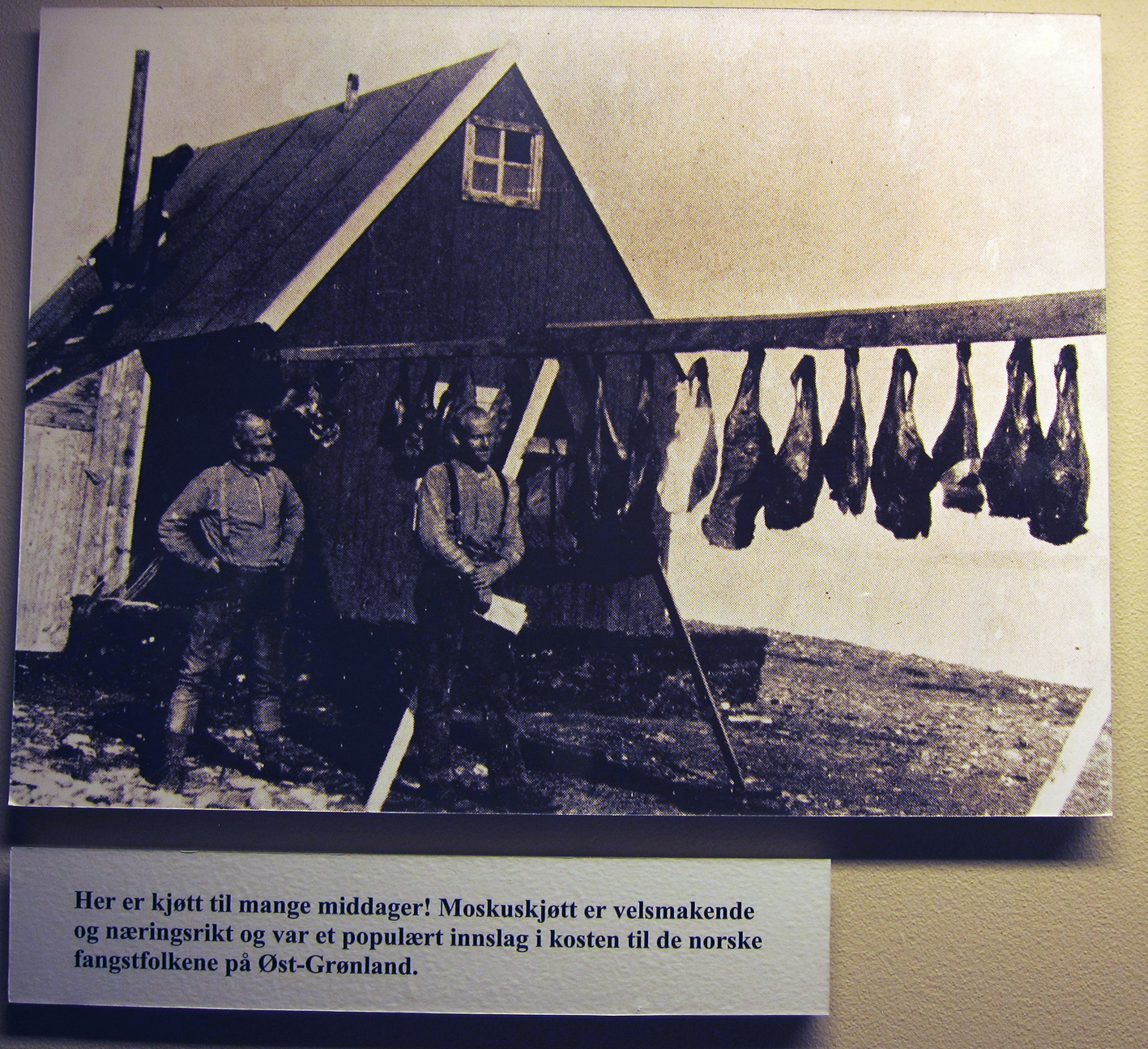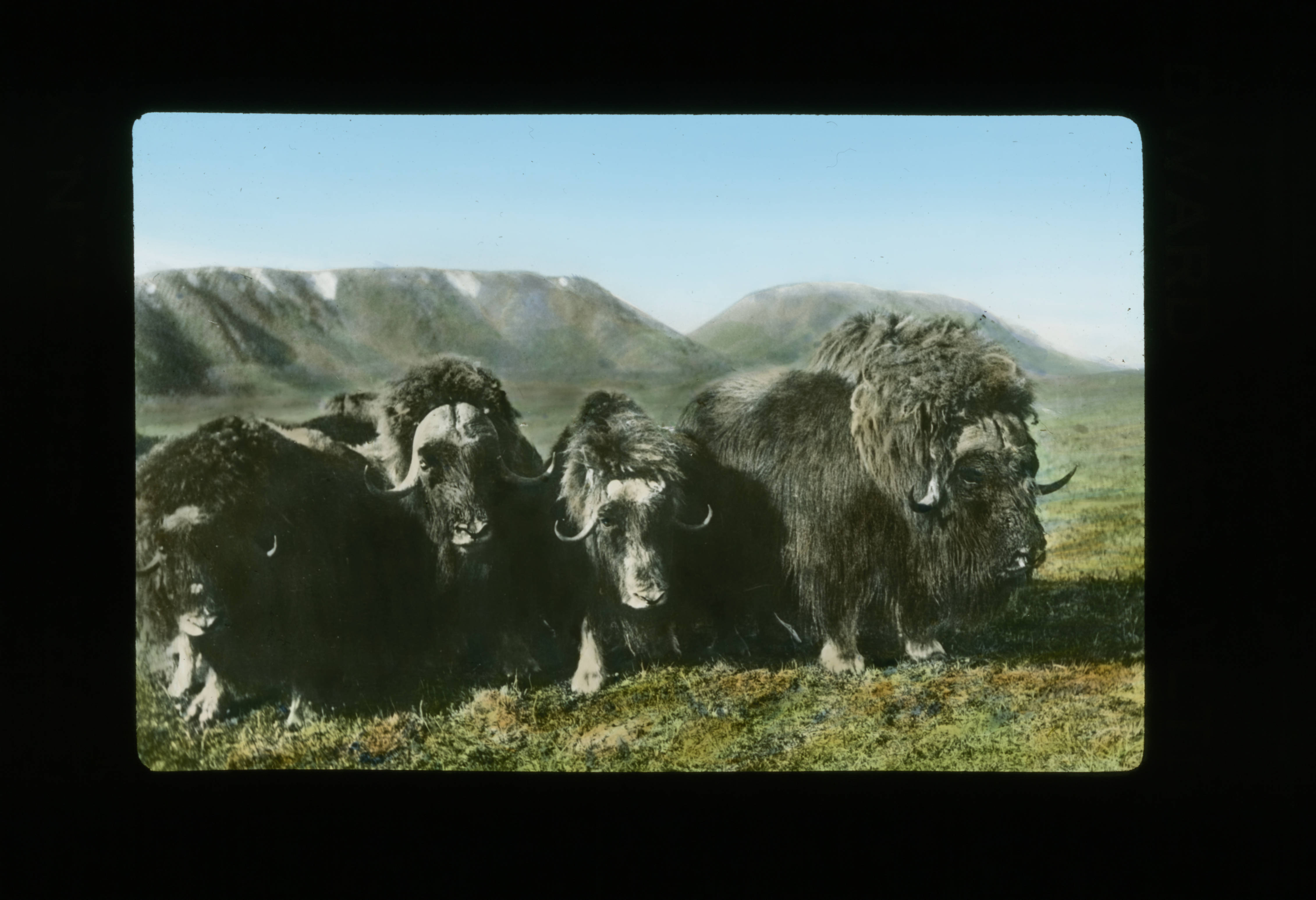
To be or not to be a lemming
Engineering nature has been a long-term preoccupation of humans. In my research, this is most obvious in the case of muskoxen, which were imported to the Arctic archipelago of Svalbard in 1929 primarily as a future meat source (although politics certainly factored in). As in many 19th century acclimatisation projects that had gone before in North America and Australia, establishing muskox on Svalbard was believed to be the way to make the barren landscape productive. Many people adopted positive outlooks toward nature-improvement schemes, like proverbial lemmings following each other off a cliff (which, by the way, lemmings don’t actually do).
Adolf Hoel, the founder of the Norwegian Polar Institute, and other scientists of the early 20th century didn’t stop at relocating muskox onto Svalbard. They were ready to re-make nature into desirable and productive landscapes with intervention even further down the food chain.

In a meeting of scientists at the Svalbard office on 19 September 1937, Hoel led a discussion about the possibility of bringing lemmings from East Greenland to Svalbard. Although lemmings existed on the Norwegian mainland where they are prey for the Arctic fox (Vulpes lagopus), no rodents lived on Svalbard. On Svalbard as well as Iceland and northern and western Greenland, Arctic foxes live off of seabirds and their eggs. The “coastal foxes” which feed on birds/eggs and the “lemming foxes” which predate mainly on lemmings are the same species, but they exhibit different life-history traits, reproductive strategies, and movement patterns.
Hoel’s thought was that a lemming population would provide food for the Svalbard foxes, which were a primary target of Norwegian fur hunters, leading to both an increase in the fox population and a decrease in the fox predation on seabird eggs, which were also valuable for hunters.

The zoologist Dr. Ole Olstad expressed some concern about the fox population becoming more variable if it switched prey from birds (which had stable reproduction cycles) to lemmings (which have boom and bust reproductive cycles). Hoel assured Olstad that East Greenland foxes did not have large population swings, at least as shown by the numbers of foxes killed by hunters which appeared extremely consistent from year to year. Olstad then agreed that he had no objections to importing lemmings to Svalbard. There were no comments on the lemming importation from the other meeting participants.
Nothing seems to have come of the proposal. My guess is that Hoel and the associated scientists were too busy with other animal translocations like bringing more muskoxen to the Dovre mountains to follow through with the idea. In the end, no lemmings were brought to Svalbard. Although a small population of sibling voles (Microtus rossiameridinalis) was accidentally introduced some time before 1960, perhaps by Russian supply ships to their colonists per Fregda et al. 1990, there are still no large colonies of rodents on Svalbard. Yet the foxes seem to be doing just fine without them, with stable abundant populations across the islands. The foxes didn’t need lemmings as much as Hoel and the others thought they did.
Sometimes not following the crowd ends up on a better path.
Thanks to Peder Roberts for copying documents in the Norwegian State Archives, Tromsø, that brought the lemming scheme to light.



One Comment
Pingback: